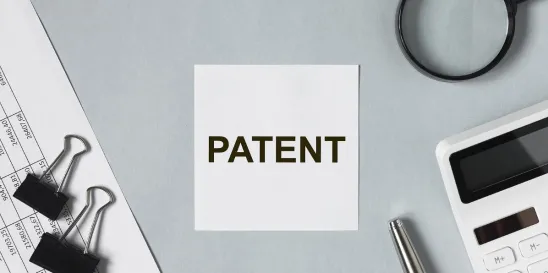On December 13, 2023, the U.S. Court of Appeals for the Federal Circuit, in In re Pasteur, Appeal No. 2022-2896, demonstrated again that inherency can be relied upon to satisfy limitations and invalidate claims under the judge-made doctrine of obviousness-type double patenting (“ODP”). In its analysis holding that the patent application at issue was invalid, the panel endorsed the Patent Trial and Appeal Board’s (“PTAB”) reliance on inherency as an established way to supply missing claim limitations in any obviousness analysis, including ODP. Patent owners and challengers alike need to appreciate the role that inherency can play to bridge gaps between claims being challenged and those found in an earlier expiring patent.
Pasteur filed U.S. Patent Application No. 14/730,396 (“’396 Application”), on June 4, 2015, and claimed methods of treating pain using peptides derived from human basic proline-rich lacrimal protein (opiorphin). Following amendments during prosecution, the examiner rejected these method claims based on ODP over claims in Pasteur’s already-issued U.S. Patent No. 9,403,871 (“’871 patent”). As discussed previously here, ODP is an equitable, judge-made doctrine in patent law that prevents claims in a subsequent patent application from being allowed and issued on an invention claimed in an earlier-granted patent that is the same or at least an obvious modification thereof. Pasteur’s prior ’871 patent was filed on May 19, 2014. The examiner took the position that it would have been obvious to skilled artisans to treat chronic pain by the methods of the ’871 patent, which would require treatment for several days. After the PTAB affirmed the decision on appeal, Pasteur filed a Request for Continued Examination and modified the independent claim by adding a limitation requiring that the patient be treated for seven days without inducing pharmacodependence or tolerance. The examiner again rejected the claims and was affirmed by the PTAB who explained that “without inducing pharmacodependence or tolerance in the patient” did not confer patentability onto the claims because the discovery of a previously unappreciated property of a prior art’s functioning does not render the old function patentably new to the discoverer. Pasteur attempted to overcome this rejection by filing a declaration from a visiting researcher asserting that “opiorphin’s lack of the detrimental side effects of opioids – tolerance and dependence – was surprising and unexpected” and that “opiorphin fulfills a long-felt need for efficient pain-controlling compounds without the detrimental side effects of opioids – tolerance and dependence,” but the examiner and the PTAB disagreed. Both concluded that practicing the methods recited by the ’871 patent claims would be reasonably expected to produce identical effects and Pasteur appealed to the Federal Circuit.
On appeal, the Court considered whether the amendments made to the ’396 Application to include limitations requiring (1) administration of the peptide for seven days (2) without inducing pharmacodependence or tolerance of the patient in view of the declaration asserting unexpected results was enough to overcome the ODP rejection. The Court held that it would have been obvious to administer the therapy for seven days because “chronic pain may endure for such a time.” Concerning the limitation directed to not inducing pharmacodependence or patient tolerance, the Court held that Pasteur failed to show that this limitation would not be inherent when practicing the method claim of the ’871 patent. The Court also dismissed the submitted declaration for not demonstrating that the claimed benefits were unexpected when compared to the ’871 patent, and not morphine, which Pasteur contended was the closest prior art.
The decision serves as a reminder that “[i]t is settled [law] that inherency may supply a missing claim limitation in an obviousness analysis,” including an assessment of ODP. The Court also seemed to endorse using the prior reference patent as the closest prior art when assessing unexpected results. This is noteworthy for patent applicants who have one or more prior patents with overlapping subject matter and practitioners are well advised to assess the possibility of ODP by ensuring that the claims being prosecuted are not the same or obvious variants of prior issued claims in a reference patent and/or (ii) confirming that such reference patent will not expire before a terminal disclaimer could be filed in litigation to overcome an allegation of ODP if needed. On the flip side, defendants should appreciate that inherency can be a potent tool when asserting that claims are invalid due to ODP.




 />i
/>i
